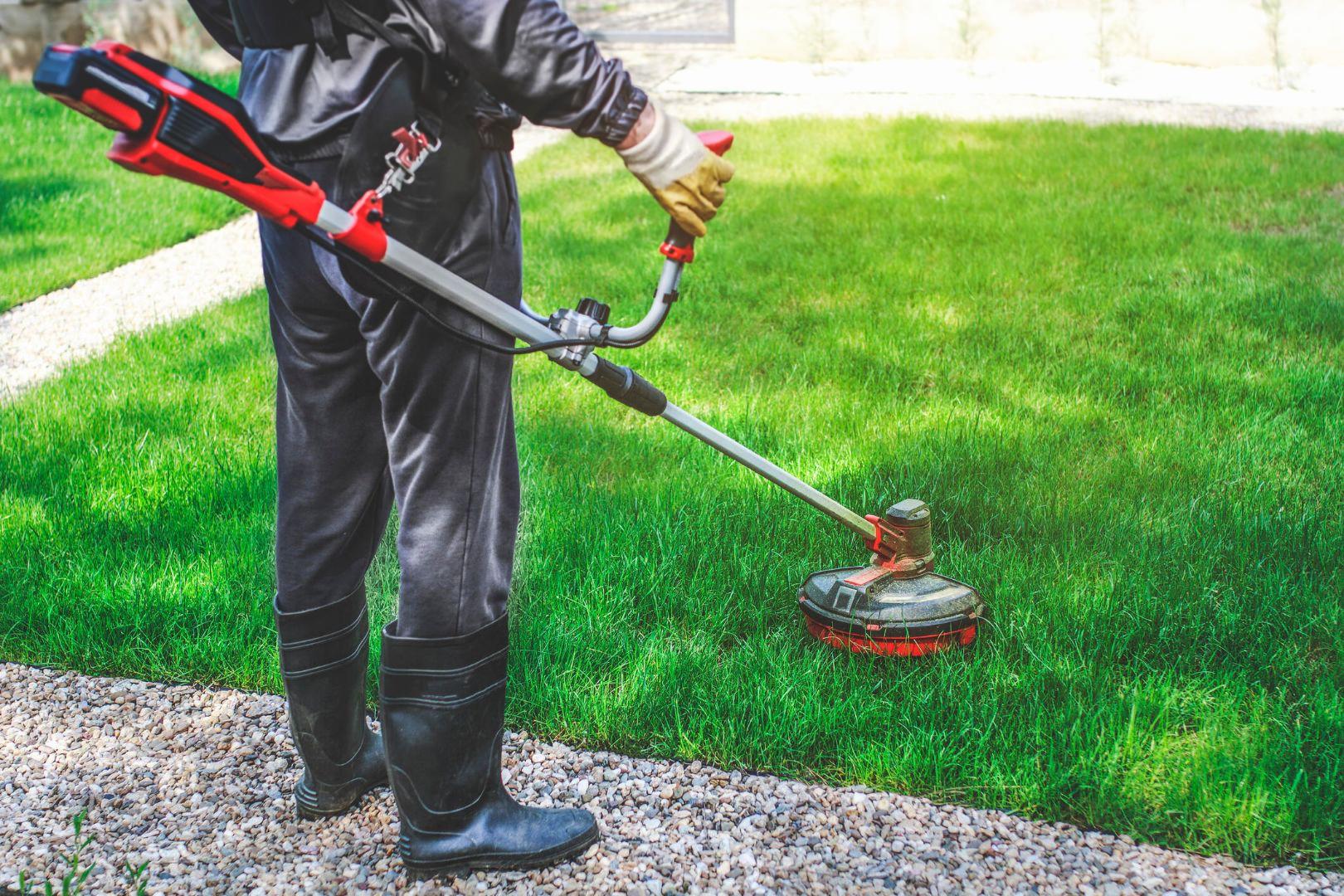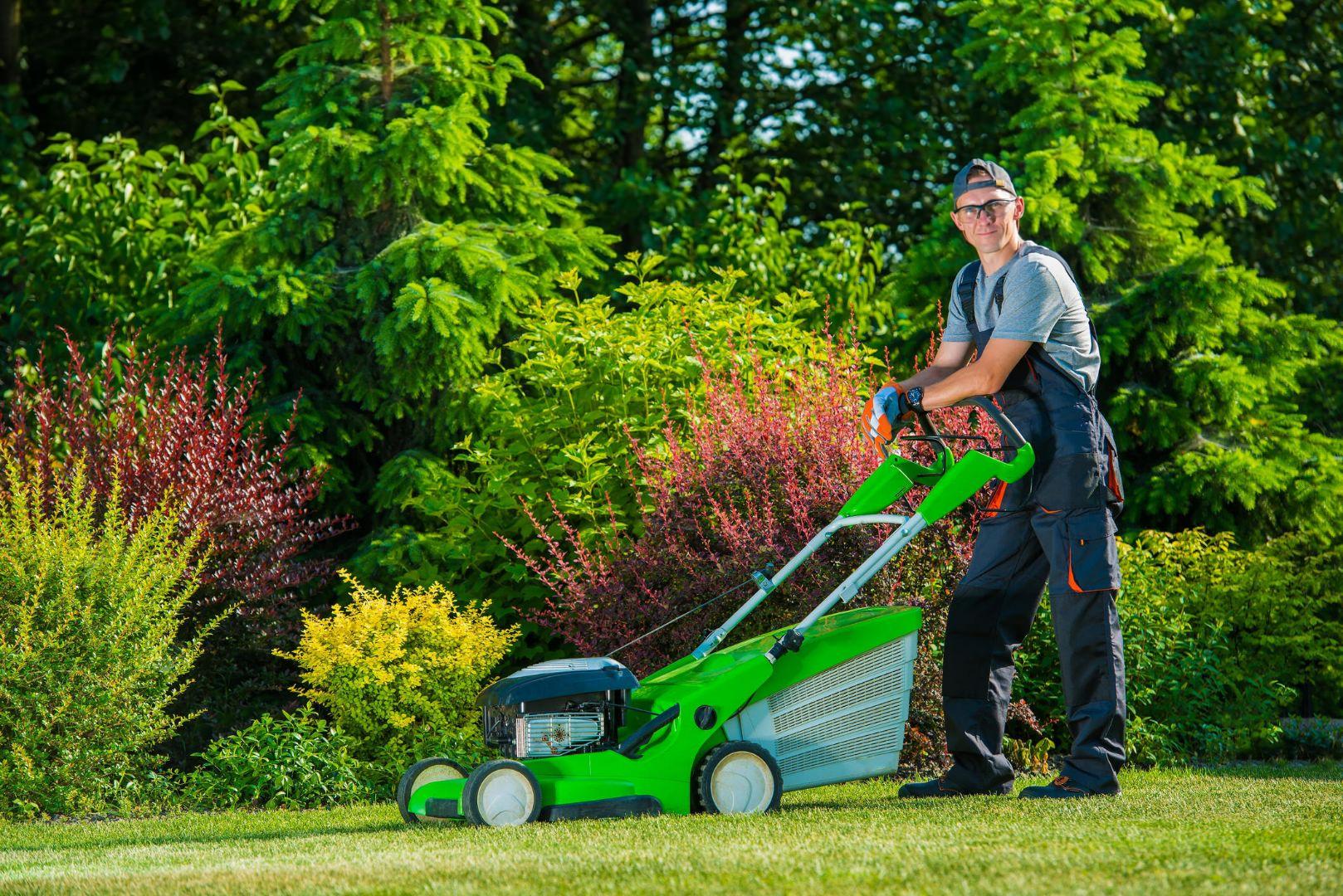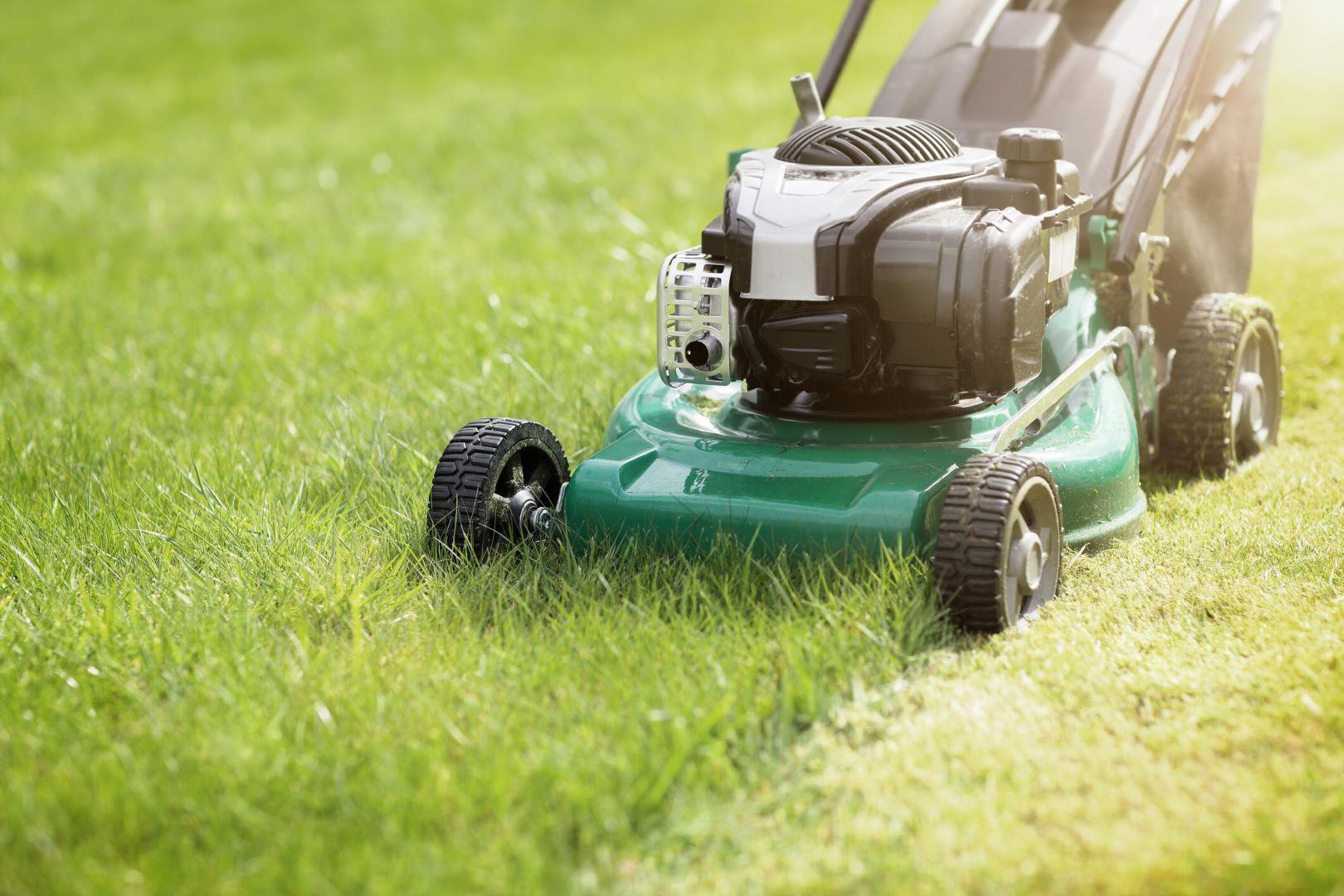Contents
Achieving the best grass length is essential for maintaining a healthy and vibrant lawn. But with so many factors to consider, from climate and grass type to mowing frequency and height settings, determining the ideal length can be a daunting task for homeowners.
In this article, we’ll explore the importance of grass length in lawn care and provide practical tips for achieving and maintaining the perfect length. Read on!

1. Understanding Grass Types
Different grass types have varying growth habits and optimal mowing heights. Warm-season grasses like Bermuda and Zoysia thrive at shorter heights, typically between 1.5 to 2.5 inches, while cool-season grasses like Kentucky Bluegrass and Tall Fescue prefer slightly longer heights, ranging from 2.5 to 4 inches.
By understanding the specific needs of your grass type, you can ensure that your lawn receives the care it needs to thrive.
2. The Importance of Proper Mowing
Proper mowing practices play a crucial role in maintaining its health and appearance. Mowing at the correct height helps promote deeper root growth, improves drought tolerance, and reduces weed infestation.
Additionally, cutting grass too short can stress the turf and make it more susceptible to pests, diseases, and environmental stressors, emphasizing the importance of adhering to proper mowing techniques.
3. Finding the Ideal Grass Length
The ideal grass length varies depending on factors such as grass type, climate, and time of year. While it’s essential to follow general guidelines for mowing height, it’s also important to consider specific conditions in your area.
For example, areas with sandy soil may require slightly taller grass to retain moisture, while regions with heavy clay soil may benefit from shorter grass to prevent thatch buildup.

4. Seasonal Adjustments
Grass length requirements may change throughout the year based on seasonal conditions.
During periods of drought or heat stress, raising the mower height can help conserve moisture and protect the turf from excessive heat, while in cooler weather or periods of rapid growth, lowering the mower height can encourage denser turf and reduce thatch buildup.
Adjust your mowing height seasonally to ensure your lawn remains healthy and resilient year-round.
5. Mowing Frequency
The frequency of mowing also plays a key role in maintaining the perfect grass length. While it’s tempting to let your lawn grow longer between mowing sessions, frequent mowing is essential for promoting healthy growth and preventing thatch buildup.
By establishing a regular mowing schedule based on grass growth rate and seasonal conditions, you can ensure your outdoor area maintains a lush and uniform appearance throughout the year.

6. Tools and Techniques
Using the right tools and techniques can make all the difference in achieving the perfect grass length. Sharp mower blades ensure clean cuts that promote healthy grass growth and reduce the risk of disease.
Additionally, alternating mowing patterns and avoiding cutting grass when it’s wet can help prevent compaction and maintain a lush, even lawn.
Investing in high-quality equipment and practicing proper mowing techniques is essential so you can enjoy a beautiful, healthy lawn that enhances the beauty of your outdoor space for years to come.
7. Aesthetic Considerations
In addition to promoting the health and vitality of your lawn, the length of your grass also plays a significant role in the overall aesthetic appeal of your outdoor space.
Pay attention to the aesthetics, including factors such as evenness of cut and consistency of height, so you can elevate the visual impact of your landscape and showcase the beauty of your outdoor living area.
Whether you prefer a manicured look or a more naturalistic aesthetic, it allows you to express your personal style and create a stunning backdrop for outdoor enjoyment.
